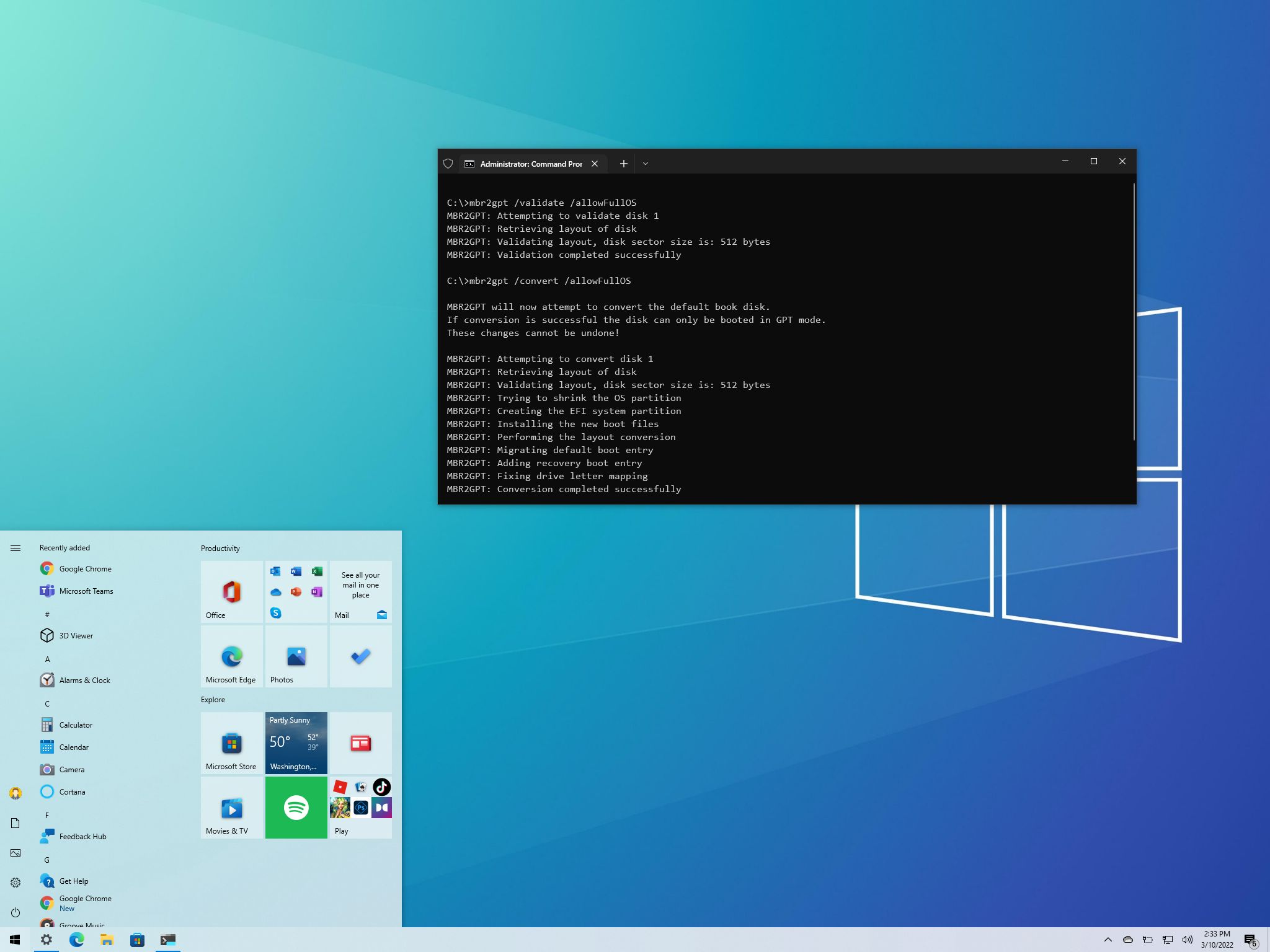Just wanted to pass this by the collective here. I'm upgrading both mine and my son's machines with new mobo, CPU, GPU, & RAM but plan to use our existing drives (both machines have SSDs with OS installed and HDDs for data storage).
Will we run into trouble just dropping the old drives into the (essentially) new systems or should we expect this to be relatively seamless?
Aside from backing everything up prior to the upgrade, what other preparations might we need to make in order to ensure success?
TIA for any advice!
Will we run into trouble just dropping the old drives into the (essentially) new systems or should we expect this to be relatively seamless?
Aside from backing everything up prior to the upgrade, what other preparations might we need to make in order to ensure success?
TIA for any advice!



